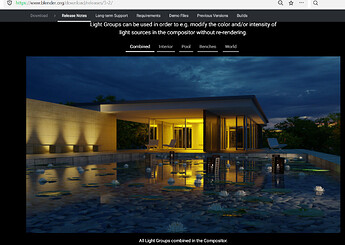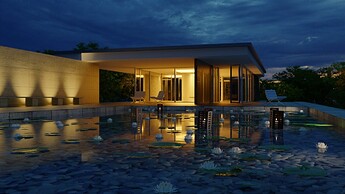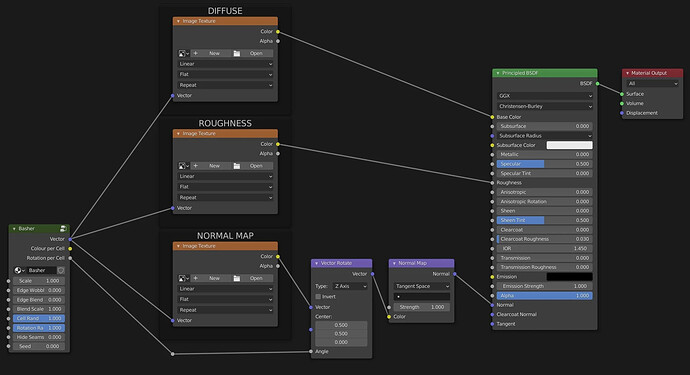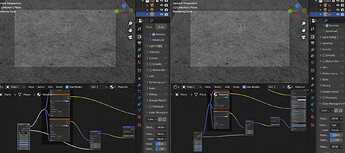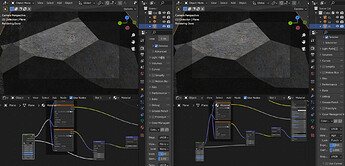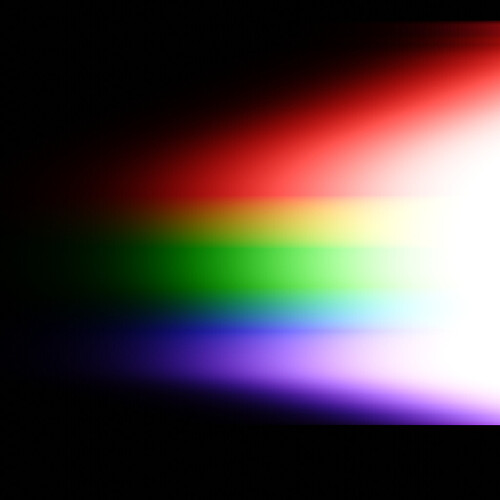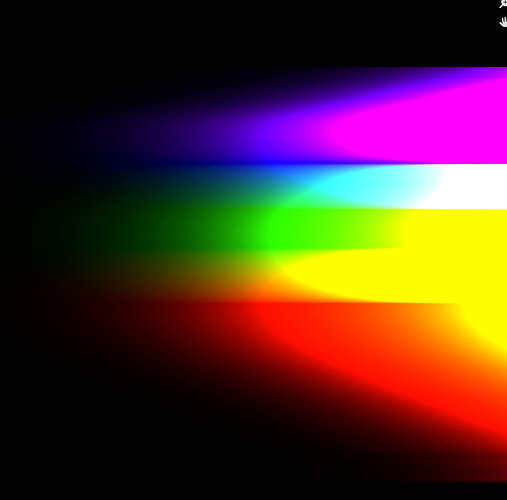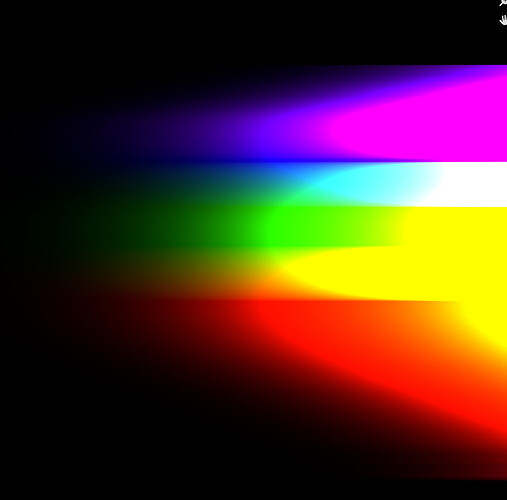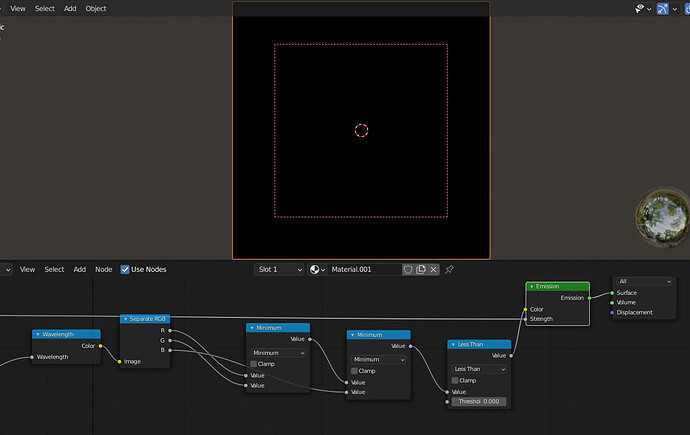Go nuts. Try it!
Everyone is free to establish their own little personalized canned library of looks. I know @Eary_Chow has been doing some experimenting using the GradingPrimaryTransform and can probably walk folks through it. We need more folks to help out others. There have already been a string of bugs reported upstream at OpenColorIO because of folks testing the AgX approach.
As an initial “default”, my role is to provide a tonally smooth image entry point with a reasonably dense signal. This could be expanded to other entry points that perhaps privilege different responses. While I am offering up AgX here for testing, there’s another branch of effort going toward a more deeply engineered result. Short term, it is challenging for me to make a strong case that the inset approach utilized in AgX is not a remarkably compelling and useful result, that clobbers even the most well intentioned and more colour science-heavy efforts of wise minds. It’s dumb, but dammit if it simply doesn’t yield the best tonal variations.
Your role is to take the entry point and work in creative flourishes that suit your different needs.
From the technical vantage, it’s not. The nature of the inset is such that the complimentary light is uniformly inset. Perceptually, however, there is an entirely different result. Engineering such things is massively complex however.
I would rather simply assert that the inset approach provides a very simplistic entry point that preserves the signal enough to be a strong basis. The creative options are up to you. Otherwise, if I am making more aesthetic based guesses, it ends up being just guesses that will likely fall apart more greatly, in a biased manner.
The AgX inset has been rolled through quite a bit of imagery at this point. It’s reasonable and inhibits some greyness boundary errors etc., despite not being engineered specifically to address them. It also holds up reasonably well for spectral based emulations, which is somewhat remarkable. As such, and as designed as an intermediate step between where things are at and a more completely engineered (and more complex) system, it seems a reasonable experimental bed.
Current further things that could be implemented right away for those interested:
- A chromaticity linear non-uniform mapping that would take all of a source encoding series of values to the image formation working space prior to image formation.
- A series of creative optional looks to build a library for creators to tap into.
That’s a longer story. It comes from having observed way too many different attempted approaches and considering existing toolsets.
Considerations:
- The Audience. That’s you folks! The audience needs to see a “need” before any sort of “problem” can be addressed. Given that spectral Cycles is lurking, this solution is at least viable here, and it provides image makers with an immediate upside of greater creative options.
- The landscape. No one can change existing software overnight. Per channel approaches reign supreme, and as such, any partial step forward should consider the historical position of other tooling.
I learned a lot from the various responses to the now nearly decade old Filmic. There was significant push back and aesthetic “trend” that was not easy to overcome at first. Folks understandably wanted something “sRGB EOTF-like”. Folks also wanted distorted chroma levels and hues, likely because they were familiar. It seems the audience around here is well positioned to try things, and there are a good number of folks who aren’t obsessive about ridiculous garbage “standards”, instead of you know… making kick ass imagery that doesn’t look broken to shit. Which is why I remain keen on the culture around here.
I’ve always been rather obsessed with the unique nature of subtractive mediums and their resulting densities, and have been chasing tonality for far longer than Filmic. Having observed some chains, such as the original ARRI K1S1 chain, and how the per channel curves were interacting with the primaries, it became clear that the very nature of the per channel lookup could be somewhat “countered” by using an inset approach. This “counted” would yield “muted” chroma in the initial state, which would be then “undone” to a degree when the per channel curves are applied. The result is what you see. I am sure someone else has already tried this approach, I just haven’t seen it.
Part of the “solution” involves the audience too! I can’t sit here and slap a hugely complex piece of colour science engineering on things and try to convince people to use it.
We’ve already seen how things are received with the first version of Filmic. I would say that given a tremendous number of tools still use per channel, such as Photoshop, Affinity Photo, Blender, Nuke, Resolve, etc. it seems very appropriate to accept that for now, and provide image makers with an entry point that might provide a “graceful” transition into the future.
For those willing to use their eyes and brains, the approach in AgX is pretty straightforward and should be a decent entry point for moving forward, without absolutely imploding existing understanding and response. Hence why it would be excellent for individuals to dip their toes into editing some text files and experimenting. Better still are the dozen odd (thank you folks) people who have been aggressively testing the inset approach behind the scenes on footage and other unique contexts! Keep demonstrating the results. I know @3pointEdit has done some interesting experiments too, for example.
One never knows what can happen in the future…
